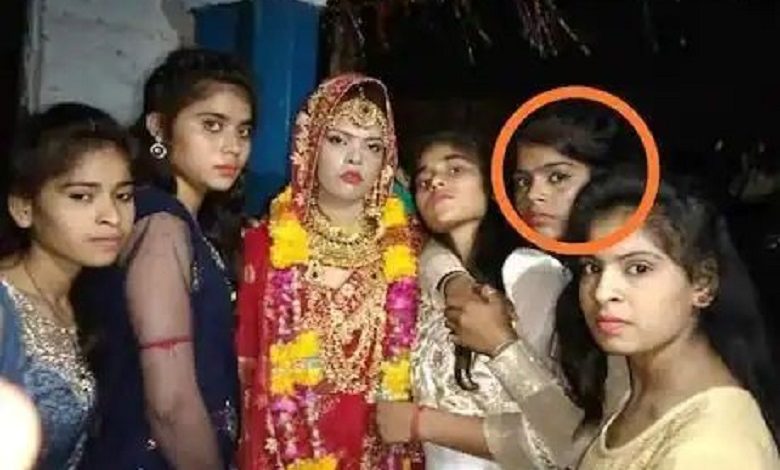Bride dies at own wedding, sister complete the ceremony

An Indian bride died of a heart attack during her wedding ceremony last week. It is striking that after consultation, the two families involved decided to marry off the bride’s younger sister to the groom. The dead bride’s body was placed in a separate room, her sister and her fiancé completed the wedding ritual.
Bride Surabhi was due to marry her fiancé Mangesh Kumar last week. The wedding ceremony took place in Etawah, a city in the Indian state of Uttar Pradesh. However, a special day that is normally celebrated extensively got an unexpected twist. Just after the bride and groom exchanged flower garlands, part of one Hindu wedding ritual, the bride said she was not feeling well. Then she collapsed. Surabhi received medical help, but it came too late.
After consultation, the families of bride Surabhi and groom Mangesh Kumar decided to continue the wedding ceremony. Surabhi’s younger sister, Nisha, would take the place of her deceased sister. Surabhi’s body was placed in another room while her sister and fiancé completed the ceremony. Only then were the last Hindu rituals performed on Surabhi’s body, typically upon death in Hindu culture.
Surabhi’s brother Saurabh told The Times of India: “It was a bizarre situation, my younger sister’s wedding was consummated while my dead sister’s body was in another room.” Surabhi’s uncle, Ajab Singh, testified to MailOnline that it was “a difficult decision”. “We have never seen such a mix of emotions. The sadness of Surabhi’s death and the happiness of the marriage have yet to sink in,” said Ajab Singh.
‘Remarkable story’
In India, arranged marriage is still standard practice. Marriage is, therefore, mainly about connecting two families. The Indian marriage is, as it were, a transaction, explains Eva De Clercq, professor in the Indian Languages & Cultures department at Ghent University.
“The bride, in fact, marries not only her husband but also his family. After the wedding ceremony, the woman moves in with her husband and his family,” said Professor De Clercq. In such a marriage, the whole family is involved, the family members therefore form a close bond with each other, so that they may not want to ‘lose’ each other through another marriage.
Also, marriage is sacred in India. “That’s why I can well imagine that something like this happens in extremely traditional families, although it is a remarkable story even by Indian standards,” explains Professor De Clercq.
Price tag
But economic motives will certainly have played a role as well. The Indian wedding is a big and especially expensive event. Such ceremonies often involve prestige. Many families, therefore, take out loans to pay for a wedding.
The family can continue the wedding ceremony with their sister, Nisha has seen it as the most cost-effective solution. Professor De Clercq: “The younger daughter has to get married anyway. It’s a bit sinister, but with this solution, the bride’s family doesn’t have to look for a new groom, and no new wedding party has to be organized either.”
Finally, there is speculation that a ‘Dahez’ or dowry would have been promised to the groom and his family, MailOnline says. With a dowry, wealth is transferred from the bride’s family to the groom’s family. For example, a more educated or higher-ranking man may demand a higher dowry. In India, however, the dowry system is illegal in order to protect women. Although it still occurs in practice.
Inequality
The incident mainly shows the inequality between men and women in Indian culture. The incident could therefore count on criticism, Asian One reports. Rightly so, says De Clercq: “It is a good sign that these kinds of incidents are not taken for granted.”
The highest goal of an Indian woman is still often to get married and to perform a caring function within the groom’s family. She is expected to take care of the children and the in-laws. “Legally, women are largely equal to men, but in practice, India is still a traditional and patriarchal society. The woman must be protected, which in itself is a nice thought, but the coin also has a flip side. From birth, the woman is under protection: first under her father’s, then her husband’s and finally her son’s. They decide about her,” De Clercq illustrates.




